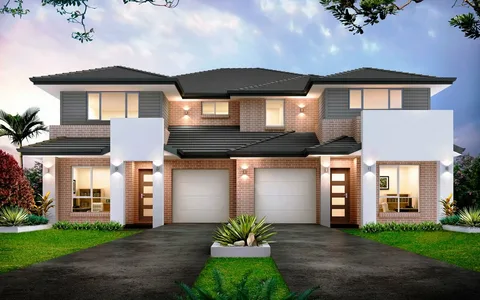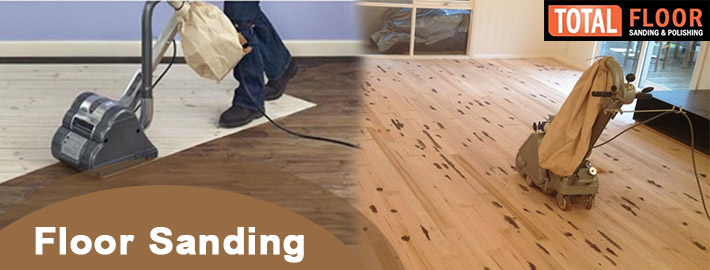When it comes to selling or renting a property, first impressions matter. The way a home is presented can significantly impact its appeal to potential buyers or tenants. This is where the concept of home staging comes into play.
By strategically arranging furniture, decluttering, and adding finishing touches, home staging aims to create an inviting and visually appealing environment. In this guide, we will explore the importance of staging homes Melbourne and provide practical tips to help you elevate your property’s appeal, ultimately increasing its market value.
Understanding the Concept of Home Staging
Home staging is the process of preparing a property for sale or rent by enhancing its visual appeal and creating an atmosphere that potential buyers or tenants can envision themselves living in. It involves rearranging furniture, decluttering, and adding decorative accents to highlight the property’s best features. The goal of home staging is to make the property more appealing to a wider range of potential buyers or tenants.
The benefits of home staging are numerous. Firstly, a staged home can attract more potential buyers or tenants, leading to increased interest and potentially multiple offers. Additionally, staged homes tend to sell or rent faster than non-staged homes, reducing the amount of time a property spends on the market. Finally, staging can also increase the perceived value of a property, allowing sellers or landlords to command a higher price.
Preparing Your Property for Staging
Before beginning the staging process, it is crucial to declutter and organize each room. Remove any unnecessary items that may distract potential buyers or tenants from the main features of the space. By clearing out clutter, you create a sense of spaciousness and allow viewers to visualize their own belongings in the home.
Another important aspect of preparing a property for staging is removing personal items. While family photos and personal mementos hold sentimental value, they can hinder potential buyers or tenants from envisioning themselves in the space. By depersonalizing the home, you create a neutral canvas that appeals to a wider audience.
Consider rearranging furniture to optimize the flow of each room. Aim for an open and inviting layout that allows for easy navigation. Create focal points in each room to draw attention to the property’s best assets, such as a fireplace or a stunning view. By strategically arranging furniture, you can highlight these features and create a memorable impression.

Enhancing Curb Appeal
First impressions matter, and the exterior of your property is the first thing potential buyers or tenants will see. Enhancing curb appeal is essential to grab their attention and make them eager to see the rest of the property. Start by assessing the exterior condition of your home. If necessary, consider repainting the front door or the exterior walls to give the property a fresh and well-maintained look.
Landscaping plays a crucial role in enhancing curb appeal. Trim overgrown bushes, mow the lawn, and add colorful flowers or plants to create an inviting and well-manicured entrance. Simple touches like a new doormat or potted plants can make a significant difference in creating a welcoming atmosphere.
Creating a Neutral Color Palette
Neutral colors are your best friend when it comes to staging a home. They create a fresh and modern look that appeals to a wide range of tastes. Consider repainting walls in neutral shades such as soft grays, beige, or off-whites. If repainting is not an option, removable wallpaper can be a great alternative to create a neutral backdrop.
Neutral colors provide a blank canvas for potential buyers or tenants to imagine their own furniture and decor in the space. Avoid bold or trendy colors that may not appeal to everyone. Remember, the goal is to create a space that feels welcoming and adaptable to different individual styles.
Optimizing Lighting
Lighting plays a crucial role in setting the mood and atmosphere of a space. Maximizing natural light is key to creating a bright and inviting environment. During showings, open curtains or blinds to let in as much natural light as possible. Clean windows thoroughly to ensure they allow maximum light penetration.
In areas with limited natural light, consider adding additional lighting fixtures strategically. Table lamps, floor lamps, or pendant lights can illuminate darker corners and create a sense of warmth. Avoid harsh or overly bright lighting that can create a sterile or uncomfortable environment.
Adding Finishing Touches
Once the main elements of staging are complete, it’s time to add the finishing touches. Tasteful decorations like artwork, mirrors, or decorative objects can enhance visual interest and create a sense of style. However, it’s important to strike a balance and avoid overcrowding the space. Less is often more when it comes to staging.
Keep all surfaces clean and clutter-free in every room. Potential buyers or tenants will be paying attention to the cleanliness and maintenance of the property. Ensure that countertops, tables, and shelves are clear of unnecessary items. A clean and well-maintained home conveys a sense of pride and care, enhancing its overall appeal.
Conclusion:
Properly staging homes Melbourne is a crucial step in the selling or renting process. By understanding the concept of home staging and following the tips provided in this guide, you can elevate your property’s appeal and increase its market value.
Remember to declutter and organize each room, enhance curb appeal, create a neutral color palette, optimize lighting, and add tasteful finishing touches. With these strategies in place, you can attract more potential buyers or tenants, sell or rent your property faster, and achieve a higher price. Don’t wait any longer; start implementing these tips today and see the difference it makes in transforming your property into an irresistible space.



